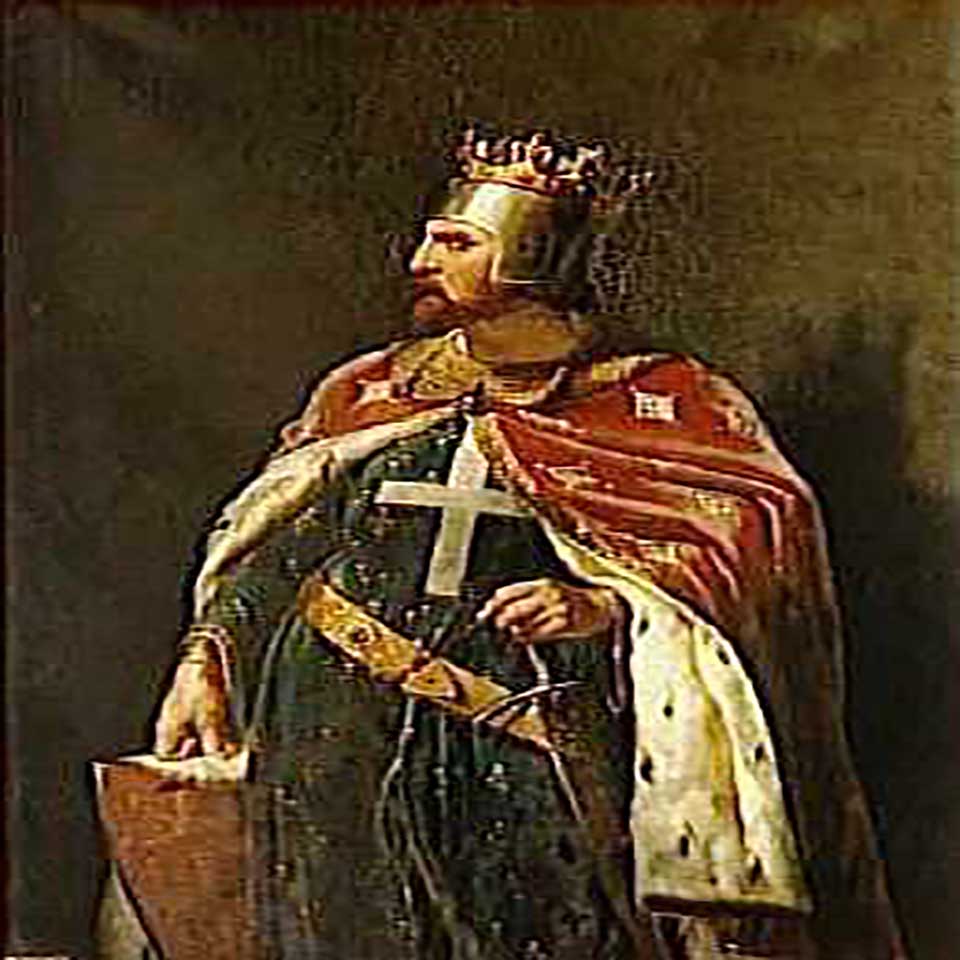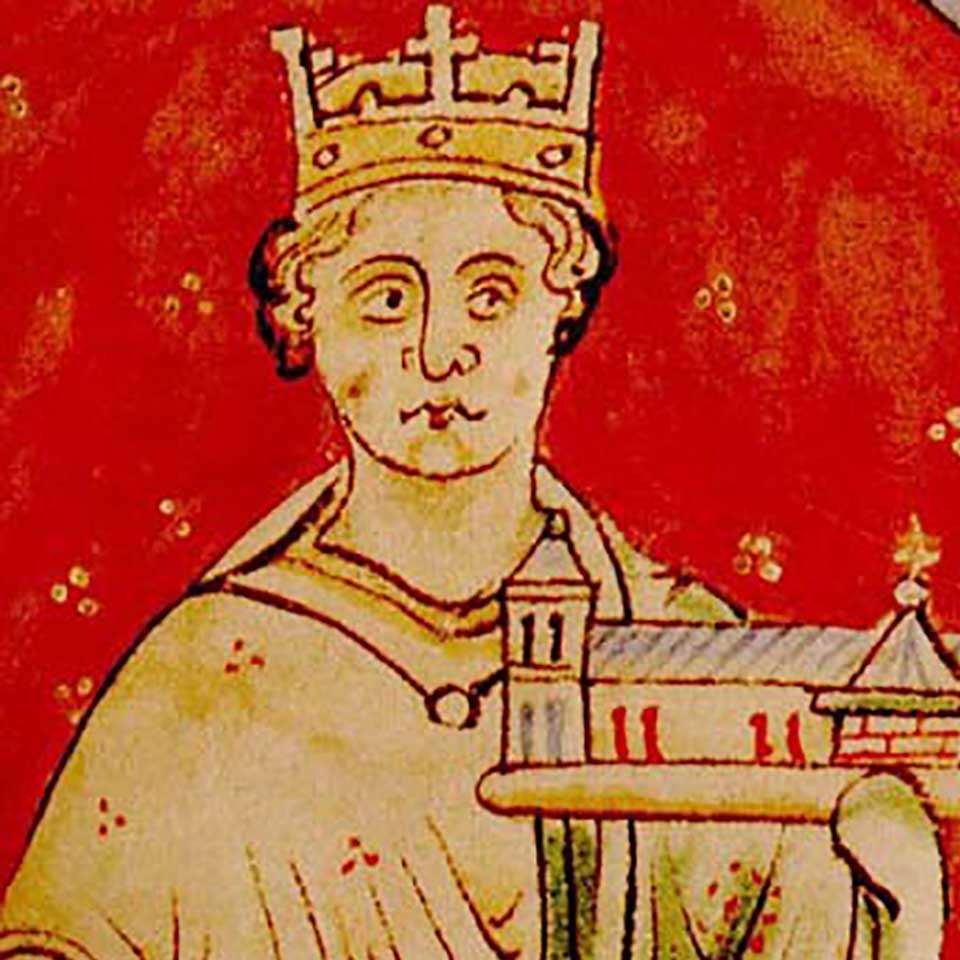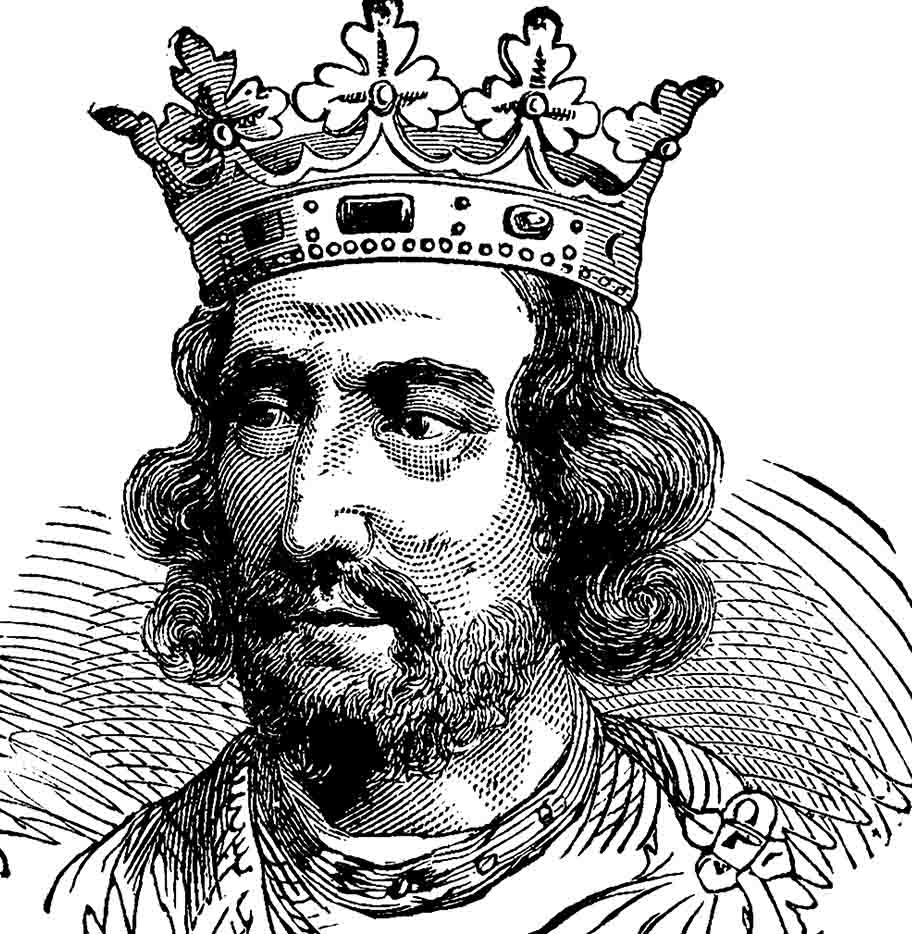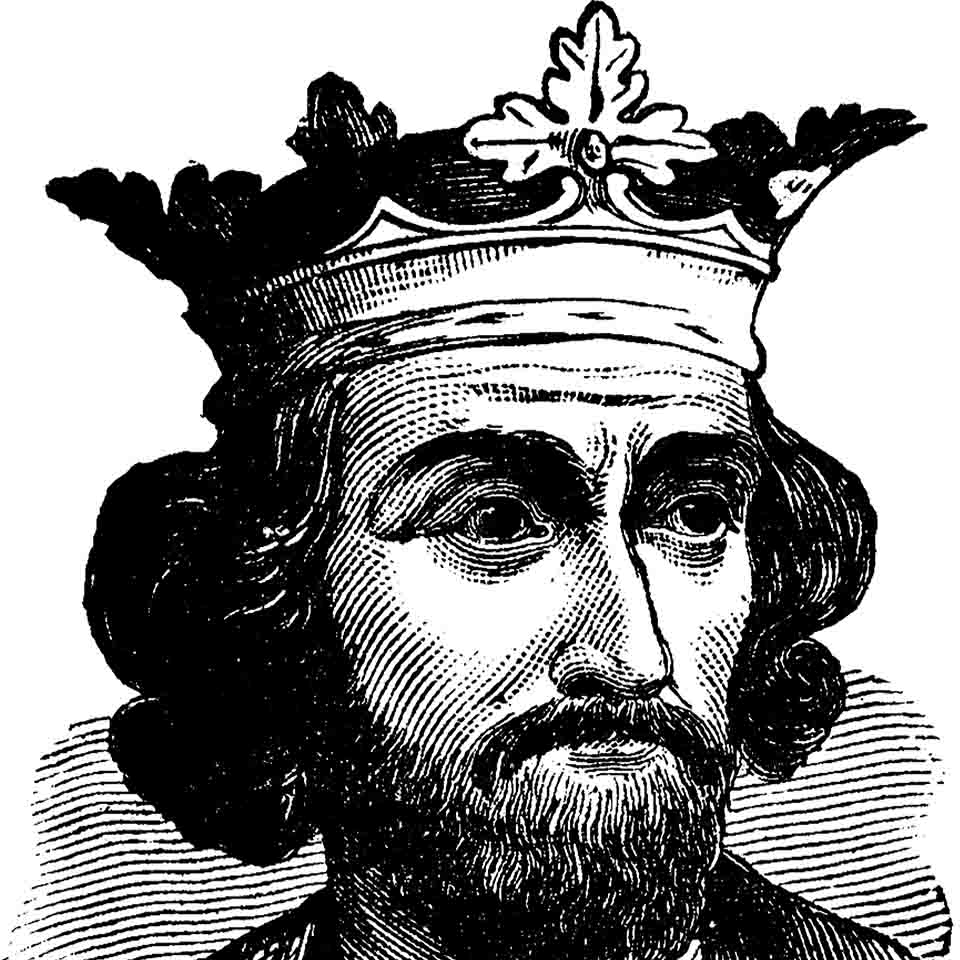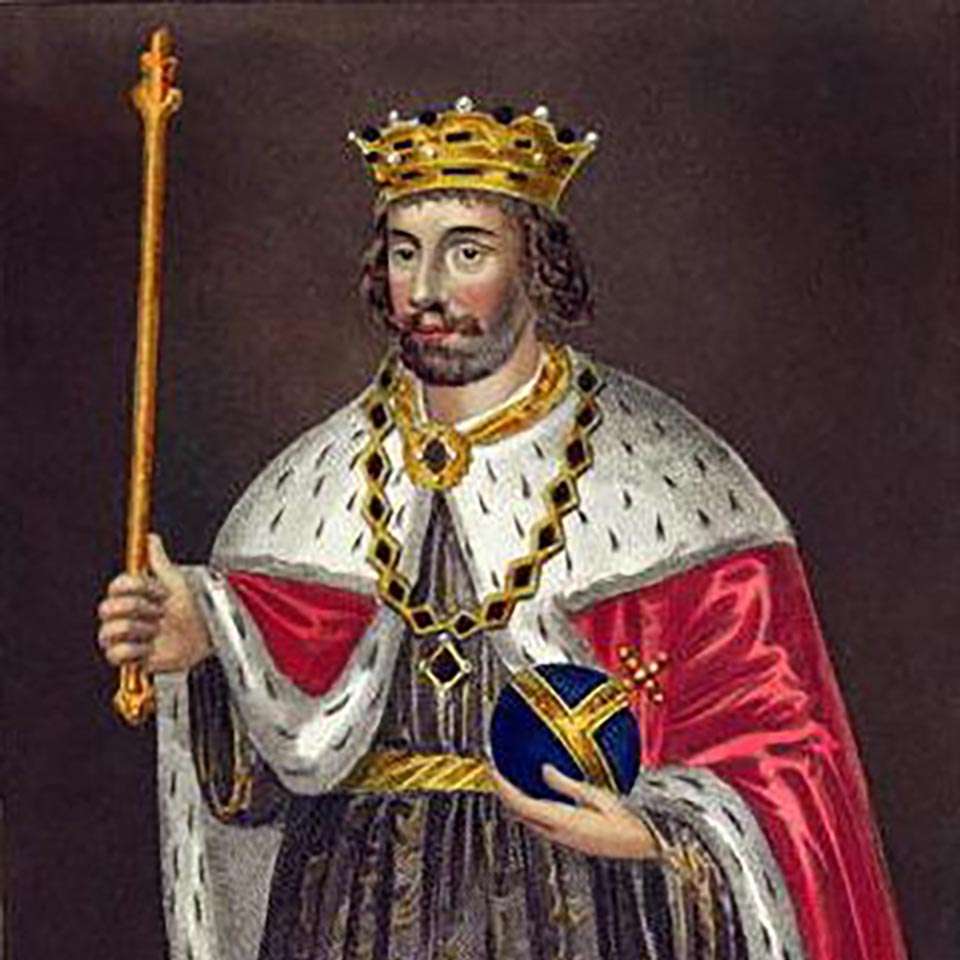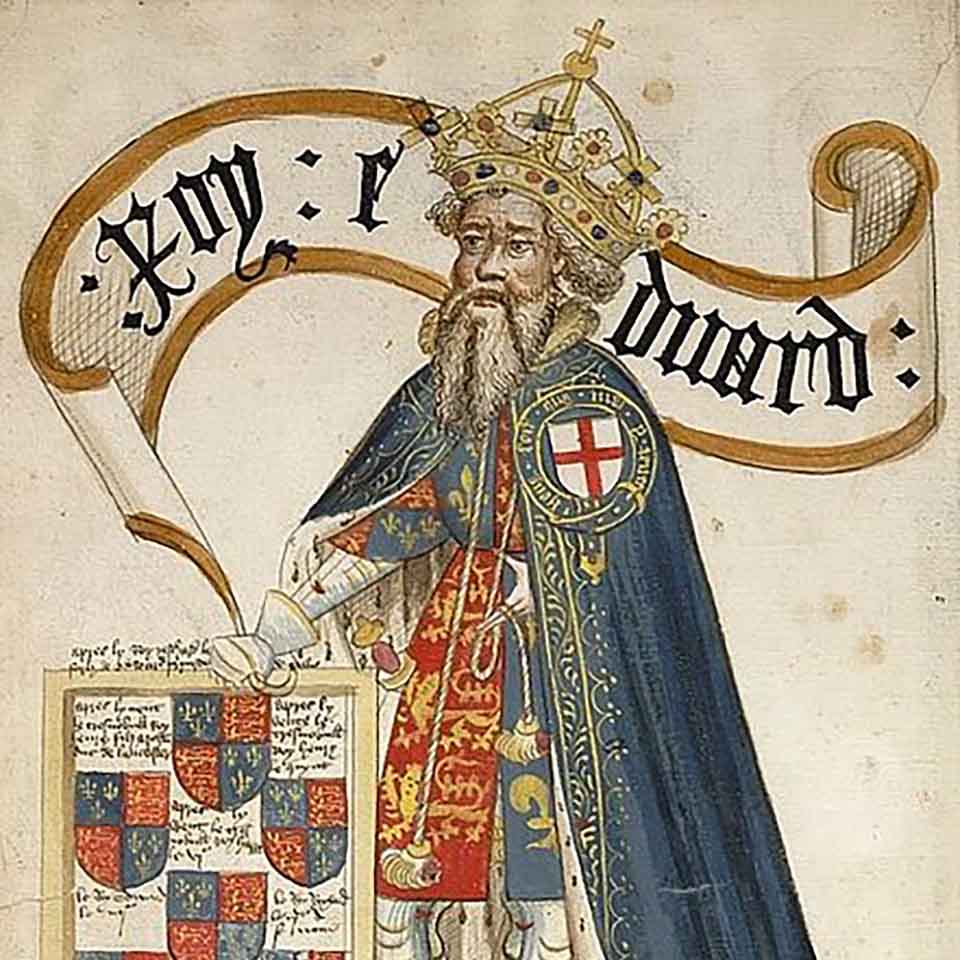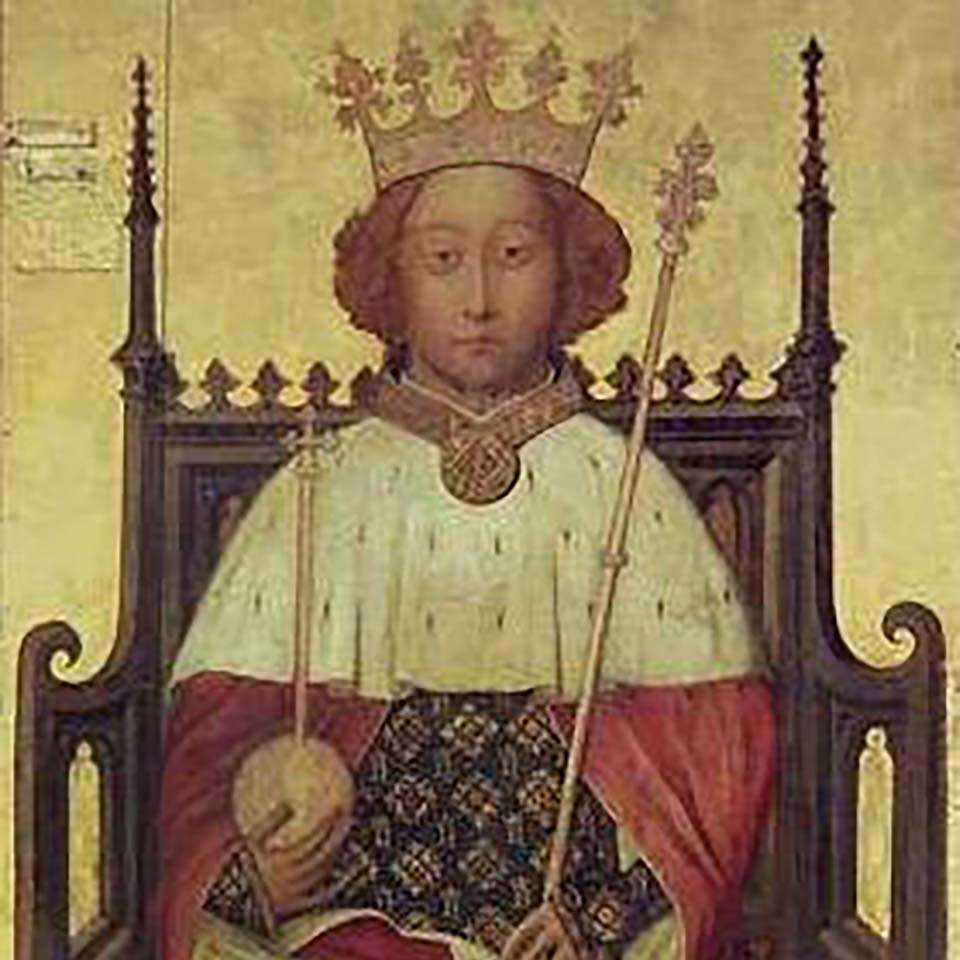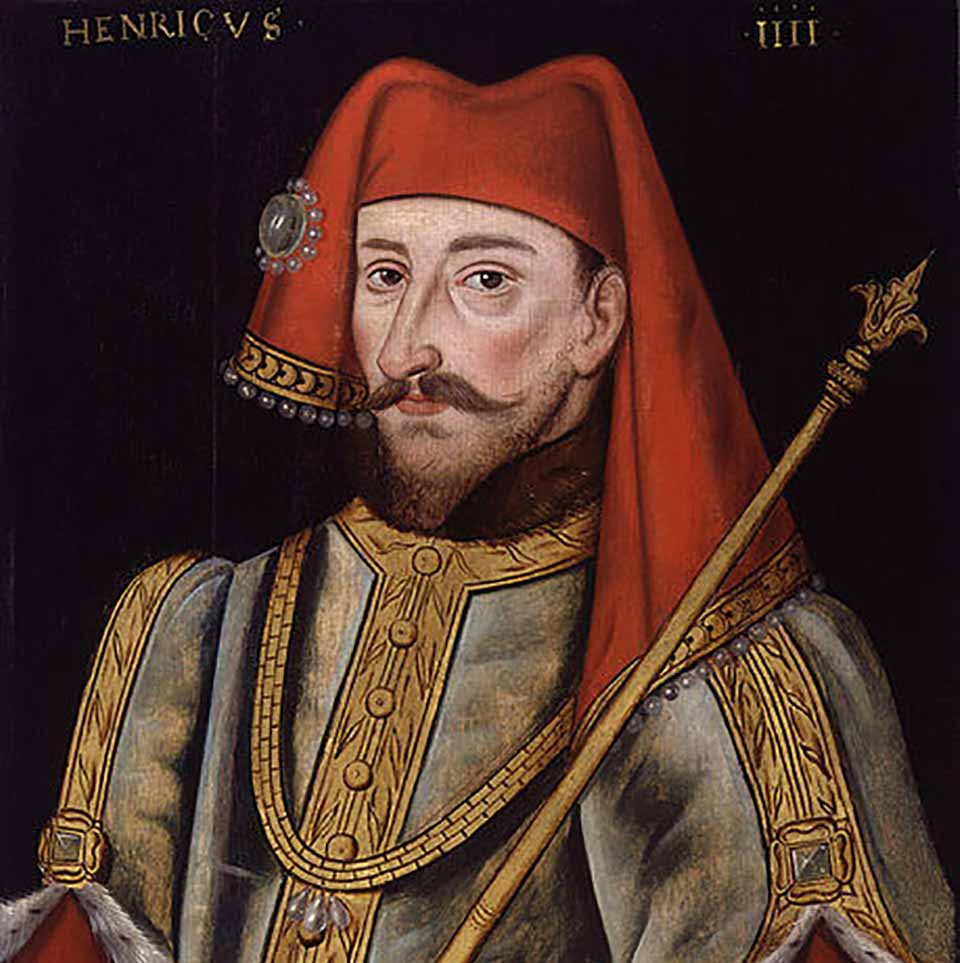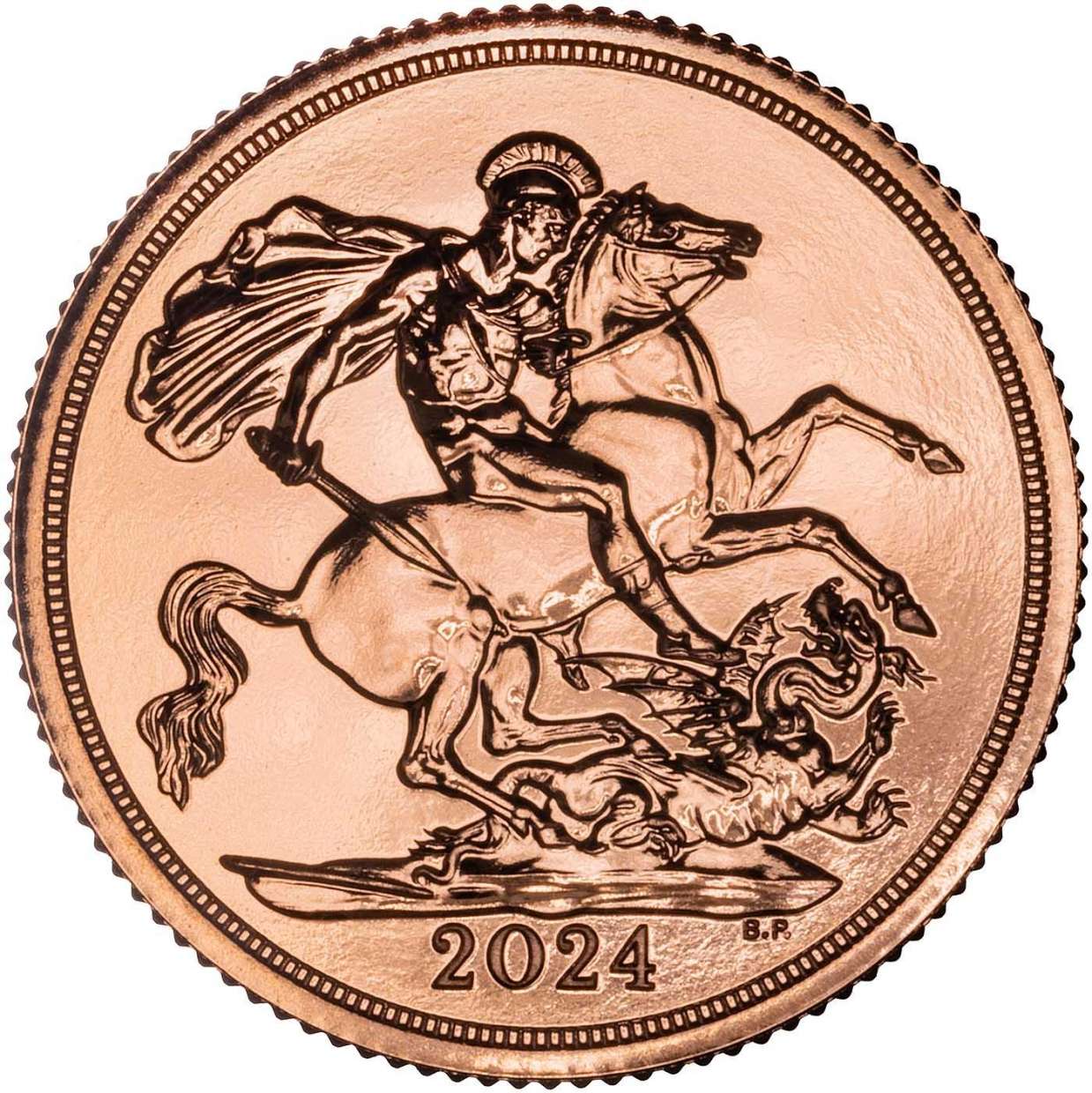King Henry II (1154 – 1189)
Synopsis
Henry II is best known to history for his role in the murder of Thomas Becket, the martyred Archbishop of Canterbury. However, he was also made some important administrative and legal reforms which shaped the constitutional development of England. His reign was a tempestuous one. The first of the fiery-tempered Plantagenet Kings of England, Henry II managed to fall out with his wife and sons, who all rose in armed rebellion against him on several occasions.
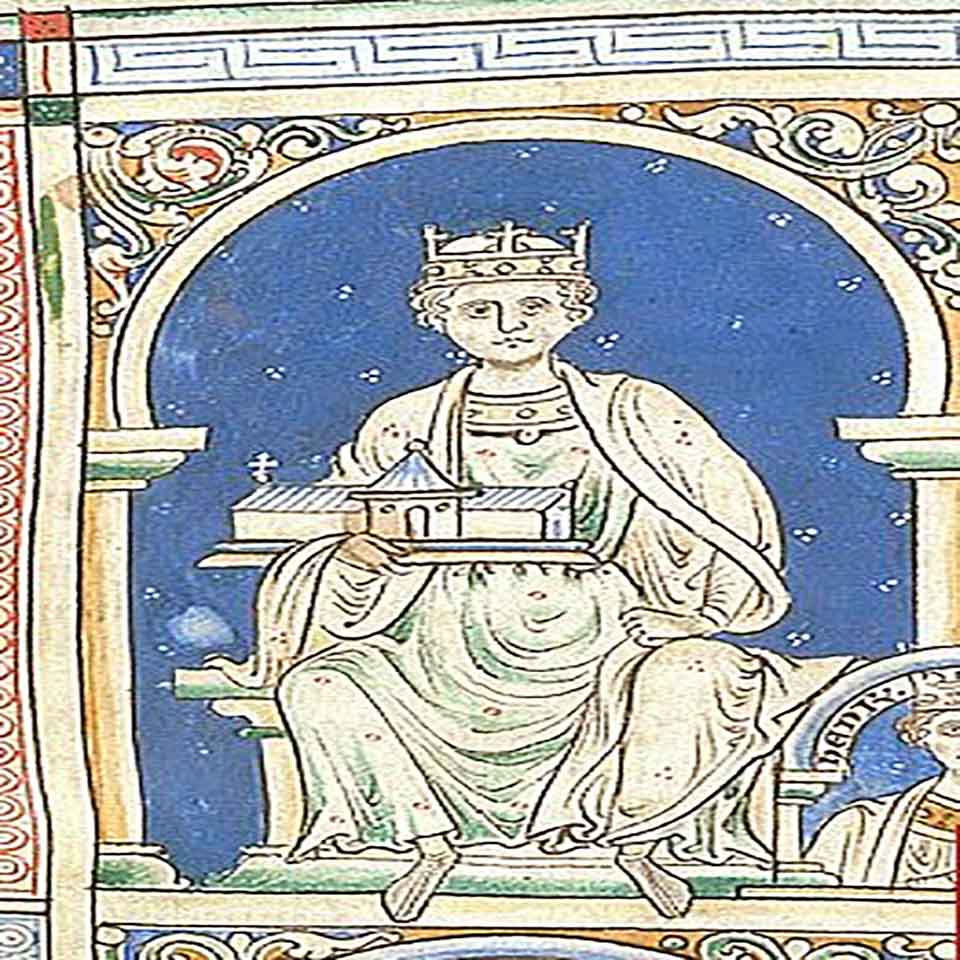
The Plantagenets
The Future Henry II was born to Matilda of England and Geoffrey, Count of Anjou, whose nickname was Plantagenet (derived from the sprig of broom shrub or genet, he wore as a badge). This nickname stuck and Geoffrey became the first of the Plantagenets. His son Henry would go on to become the first of the Plantagenet Kings of England.
From the Devil they Sprang…
A legend persisted that the Counts of Anjou were the direct descendants of the Devil. The story went that one of the counts brought back a mysterious and beautiful bride from his travels abroad (possibly on a pilgrimage to the Holy Land or to holy sites in Spain). The swarthy and beautiful countess bore three sons, but despite her beauty, her refusal to attend mass or any other religious ceremony raised eyebrows and fears in a medieval public.
This malicious and fearful gossip proved embarrassing to the Count, and eventually, he decided that he would compel his wife to attend mass to allay the fears of his subjects. The Countess had to be dragged kicking and screaming to the church. Being forced onto consecrated ground seemed to be excruciatingly painful for her. However, the ceremony itself proved to be too much for her to bear, and having been prevented from leaving via the door, the Countess, so the legend went, let out a piercing, unholy shriek, and her beautiful appearance melted away to reveal her true form as Mesuline, the demonic daughter of Satan himself. Unveiled in all her profanity and hideous appearance, Mesuline, Countess of Anjou, grabbed two of her terrified sons and with an angry, godless roar, crashed through the window of the chapel and flew off into the sky, never to be seen again.
Hilariously melodramatic as this ghostly horror story is, if there is any kernel of truth to the story, it is more likely that this legend was derived from an instance were one of the counts married a pious Moorish Muslim woman, who stubbornly refused to take part in Christian ceremonies, and was therefore secretly murdered by the Count, with a fictitious story conjured up to explain her disappearance, which was subsequently embellished upon until a story of a satanic heritage took hold in the popular imagination. In spite of this ghastly association with the devil, the Angevins and Plantagenets did not necessarily discourage the legend, often using it to their own advantage to portray themselves as fearsome and terrifying warriors.
Henry's Claim to the Throne of England
Henry's claim to the throne existed through his mother, Matilda, to whom her Father, Henry I had promised the throne. However, when Henry I died in 1135, many in England were opposed to the idea of a woman ruling as a Queen Regnant, and backed her Cousin, Stephen of Blois instead. What followed was a period of unrelenting conflict and civil war between the two factions, in a period known as 'The Anarchy'. Fortunately for England, the situation was eventually resolved, albeit 18 years later, when Stephen's son Eustace died, and a peace treaty was signed in 1153, in which Stephen recognised Henry as his heir. Stephen died the following year, and Henry Plantagenet succeeded as Henry II.
Early Reign
Henry II, in addition to being King of England, was also the Duke of Normandy and the Count of Anjou. The latter two titles made him a nominal vassal of Louis VII of France, but his land holdings made him more powerful than the French King, a source of jealousy that would go on to have important consequences in the coming years and centuries.
Henry spent the first few years of his reign bringing the overmighty barons to heel by destroying many of the illegal fortifications that had sprung up during The Anarchy, and introducing a system of scutage (a tax payable by vassals in lieu of military service). Henry also introduced legal reforms, implementing the precursor of trial by jury by a grand jury system whereby a jury of 12 free men would assess evidence and decide whether charges should be brought. Eventually, this would evolve into a system of trial by jury, replacing the earlier systems of trial by ordeal (whereby innocence was determined by the ability of the defendant to survive a painful or potentially fatal ordeal) and trial by combat (whereby innocence was determined by a defendant's ability to defeat the plaintiff or his representative in single combat).
Lord of Ireland
In 1155, Pope Adrian IV (the first and only English Pope) issued a papal bull authorising Henry to assert a feudal claim to Ireland, in order that he could secure Roman Catholic ecclesiastical authority there (Ireland at that time was dominated by the autonomous Celtic Church). However, this was not acted upon until 1166, when Dermot MacMurrough, the ousted King of Leinster, appealed to Henry II for assistance in regaining his throne. Henry II consented to allow him to recruit Welsh and Anglo-Norman mercenaries, led by the 2nd Earl of Pembroke (known to his contemporaries as 'Strongbow'). In 1169, the Norman –led army landed in Ireland and proceeded to conquer Waterford, Wexford, Leinster and Dublin in Dermot's name. Dermot died two years later, and Strongbow married Dermot's daughter, Aoife, giving him a claim to the Kingdom of Leinster. Henry II was concerned at the power this gave Strongbow, and invaded with an army of his own that year in order to secure the fealty of the Irish kings and had himself declared Lord of Ireland, in addition to his other titles.
Thomas Becket
Henry II was keen to reduce the power of the Church in secular matters, and had supported his one-time friend Thomas Becket in his nomination as Archbishop of Canterbury in 1162. However, Thomas Becket proved to be no crony of the King, and opposed Henry's attempts to impose the Constitutions of Clarendon (which would subject the clergy to secular law as well as Canon Law). Thomas Becket fled to the continent to escape the King's wrath, and went so far as to threaten the King and the whole of England with excommunication for his policies. Although Thomas Becket eventually returned in 1170, Becket continued to cause problems for Henry. The King, in a fit of rage, declared that he must be surrounded by traitors for the failure of his subjects to deal with the 'turbulent priest'. Three of the King's knights overheard this outburst, and travelled to Canterbury and hacked Becket down in his own cathedral.
The murder of Becket caused a wave of revulsion and disgust in England, and was soon venerated as a martyr (he was officially canonised three years later). Henry was blamed, if not for directly ordering his death, certainly partly responsible for causing it.
Revolt and Invasion
The violently-tempered Henry had also managed to alienate his family from him. He was estranged from his wife, Queen Eleanor and his own sons, who revolted against him. The King's eldest son Henry (the 'Young King') had particular reason to despise his father, as he had been raised in Becket's household as a child in happier times and had been closer to him than he had been to his own father. The murder of Becket, had, amongst other reasons, won Henry II's rebellious family many supporters, and in 1173, Henry's sons rose in revolt against their father. In addition, William the Lion, King of Scotland, sensed his English rival's weakness and invaded England with an army in support of the revolt.
The revolt did not go well for the rebels however. In 1174 the Scottish army was crushed and King William captured at the Battle of Alnwick. With the loss of their Scottish allies, the rebels soon surrendered, and the King's family reconciled themselves to him, in theory at least.
Dynastic Infighting, Defeat and Death
In 1182, Henry II's children turned on each other. The Young King, Geoffrey, Richard and John squabbled amongst themselves for their continental holdings, aided or hindered by Phillip Augustus, King of France. However in 1189, Henry's surviving sons, Richard and John (the Young King and Geoffrey had died in 1184 and 1186 respectively) allied themselves with Phillip Augustus and compelled Henry to agree to their demands, amongst which was a promise from Henry to recognise and pay fealty to the King of France for his French holdings. The defeated and embittered Henry was by this point terminally ill, and from his deathbed in Chinon, told his illegitimate son, Geoffrey, Archbishop of York, that his legitimate sons were the 'real bastards'. His final words were allegedly 'Shame, shame on a conquered King'. He was succeeded by Richard.
Legacy
Henry's importance as a legal and administrative reformer are perhaps overshadowed by his role in the death of his former friend Thomas Becket, as well as his conflict with his own family. His temperamental nature was mitigated somewhat by his intelligence and learning, but in the end, it was the former characteristic that defined the general perception of his reign.
Numismatically, the reign of Henry II is notable for the famous 'Tealby' silver penny issues. The Tealby penny is so named due to a horde of this type being found by workmen in Tealby, Lincolnshire in 1807. (Unfortunately, due to a chronic shortage of silver in Britain at this time, most of the coins were returned to the Royal Mint and melted down!) The Tealby issues contain a short cross with crosslets within the fields on the reverse. From 1180 onwards, the Tealby issue was discontinued and a new short cross design introduced, with pellets in the fields of the reverse. Oddly enough, considering the antipathy of his sons Richard and John towards their father, both of them continued to issue coins in their father's name, rather than their own, during their own reigns. Whether this was out of guilt at their treatment of their father, or of simple neglect due to their relative disinterest in England is not known.
A history of Kings and Queens of England - Learn more about the Kings and Queens that reigned England throughout the different monarch dynasties (1066-2022).
Related Blog Articles
This guide and its content is copyright of Chard (1964) Ltd - © Chard (1964) Ltd 2024. All rights reserved. Any redistribution or reproduction of part or all of the contents in any form is prohibited.
We are not financial advisers and we would always recommend that you consult with one prior to making any investment decision.
You can read more about copyright or our advice disclaimer on these links.


